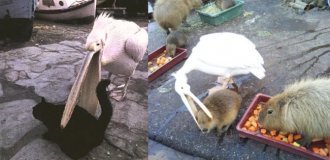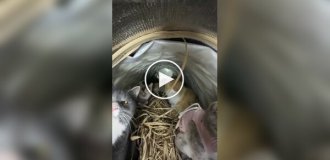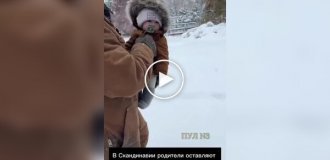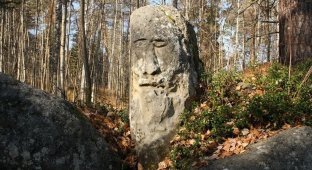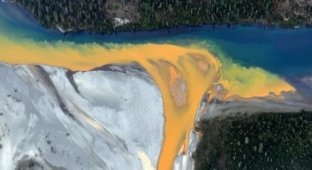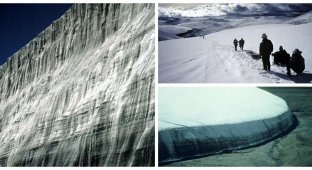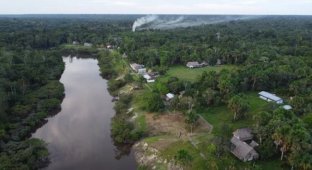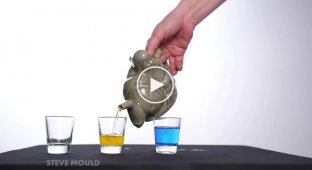The Threat of a New Pandemic: Permafrost Microbes Awaken (4 photos)
It sounds like the plot of a horror movie, but ancient microorganisms are coming back to life. Researchers from the University of Colorado Boulder have revived infectious forms trapped in Alaskan permafrost for 40,000 years. 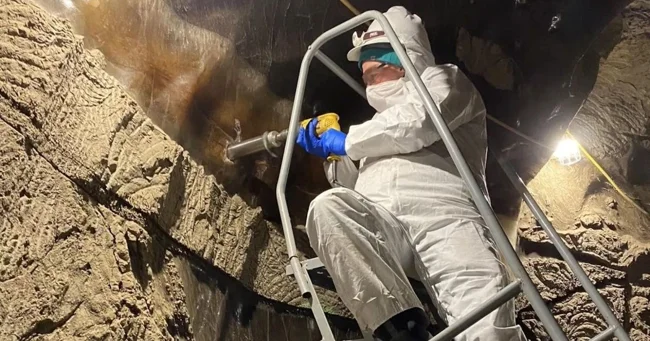
Scientists have discovered in controlled experiments that microbes do not immediately awaken after thawing; only after several months do they begin to actively multiply, forming thriving colonies. This is alarming, as they release dangerous pathogens that could cause a new pandemic.
"These are not dead specimens by any means," warns Dr. Tristan Caro of the University of Colorado at Boulder.
Furthermore, when they awaken, they release carbon dioxide (CO2), enhancing the greenhouse effect and contributing to global warming. 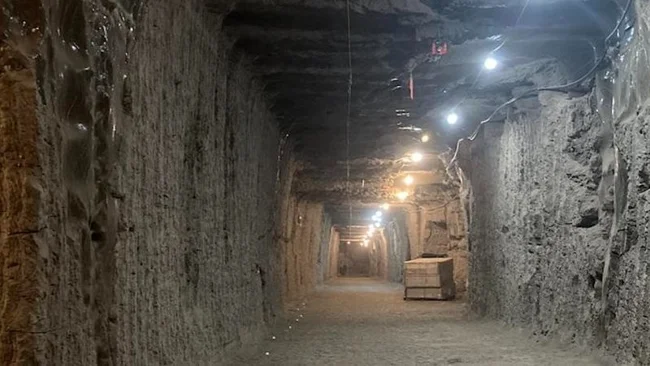
The team traveled from Colorado to Alaska, to a permafrost research tunnel near Fairbanks. The tunnel, located south of the Arctic Circle, was dug in the 1960s to study climate change.
Permafrost, known as the "ice graveyard," is a frozen mixture of soil, ice, and rock that covers nearly a quarter of the land in the Northern Hemisphere.
Experts collected permafrost samples ranging from several thousand to tens of thousands of years old from the tunnel walls. They then added water and exposed the samples to temperatures of 3°C and 12°C.
"We wanted to understand what would happen in Alaska under future climate conditions when these temperatures reached the deep permafrost layers," explained Dr. Caro. 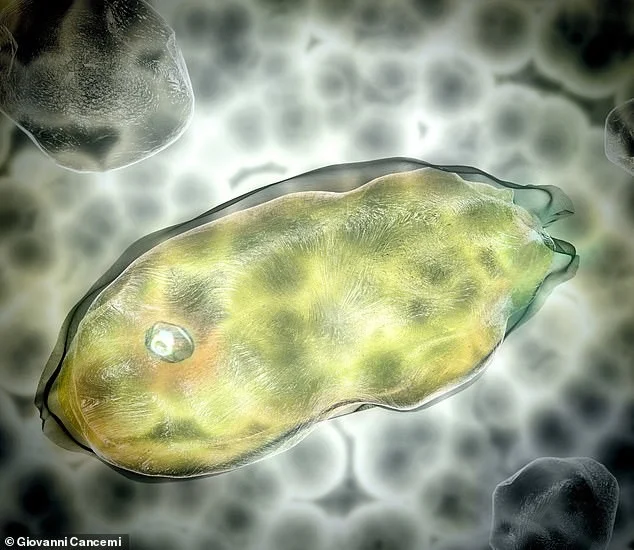
Pandoravirus
Although the microbes likely posed no threat to humans, the team kept them in sealed chambers.
During the first months, the colonies of ancient life forms gradually grew.
Within six months, they formed stable structures, and biofilms—slimy layers that are difficult to remove—appeared in some areas. 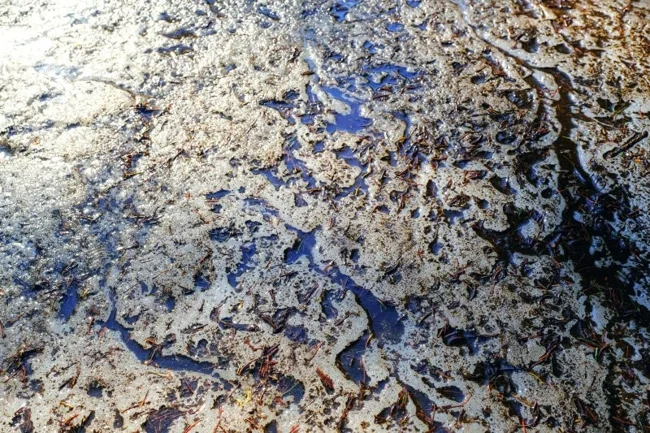
Summer in Alaska may see only one hot day. However, the most important thing is the lengthening of the season, with warm weather lasting into fall and spring.
Thawing permafrost can lead to the release of massive amounts of greenhouse gases such as CO2 and methane.
A study published in the journal Geophysical Research: Biogeosciences also notes that microbes use various types of fatty lipids to build their cell membranes. These compounds help them survive in cold, dark conditions for millennia.
In 2022, the ancient Pandoravirus was revived. It spent 48,500 years in Siberian permafrost. Although the pathogen is not dangerous to humans, scientists warn that other viruses from melted ice could cause "catastrophic consequences."


